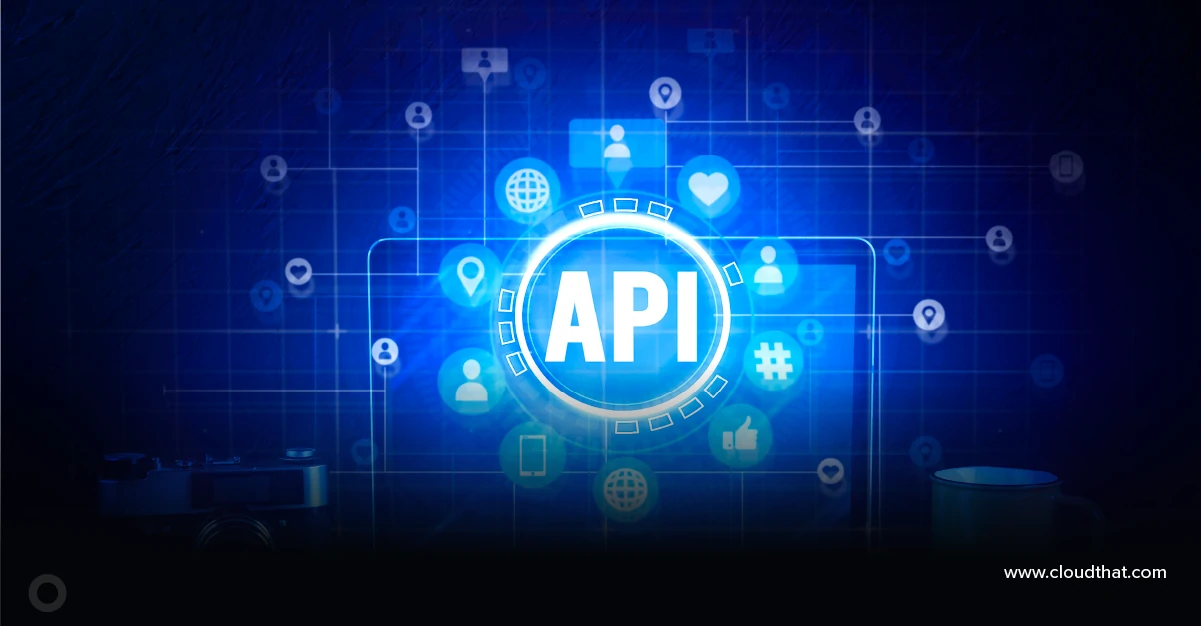|
Voiced by Amazon Polly |
Overview
In today’s data-driven landscape, the choice of analytics tools can significantly impact an organization’s ability to extract valuable insights. Two prominent contenders in this space are Apache Superset and Grafana. In this comprehensive comparison, we’ll explore these platforms in detail, focusing on their features, use cases, and how they can elevate your data analytics efforts.
Pioneers in Cloud Consulting & Migration Services
- Reduced infrastructural costs
- Accelerated application deployment
Introduction
- Apache Superset – Apache Superset is an open-source data exploration and visualization platform providing an intuitive interface for users to perform ad-hoc data exploration, build interactive dashboards, and create compelling visualizations. Its strength lies in its seamless integration with diverse data sources, making it a versatile choice for organizations with heterogeneous data environments.
- Grafana – While Apache Superset and Grafana are open-source analytics platforms, Grafana primarily focuses on monitoring and observability. It provides real-time dashboards, alerting capabilities, and advanced graphing functionalities. This makes Grafana an indispensable tool for IT and DevOps teams seeking to monitor the performance of their systems, applications, and infrastructure.
Use Cases for Apache Superset
- Business Intelligence and Reporting – Apache Superset shines when organizations implement business intelligence solutions. Its user-friendly interface, coupled with an extensive range of visualization options, positions it as a valuable tool for generating reports and deriving actionable insights from data.
- Data Exploration and Ad-Hoc Analysis – The ad-hoc querying capabilities of Apache Superset empower users to explore datasets dynamically. This feature is invaluable for data analysts and scientists who must uncover insights quickly and efficiently, often in response to evolving business needs.
- Integration with Diverse Data Sources – Superset’s ability to integrate seamlessly with a wide range of data sources, including databases, data warehouses, and cloud platforms, makes it an excellent choice for organizations with complex and varied data environments. This feature ensures that data from multiple sources can be harmonized and analyzed within a single platform.
- Democratizing Data Access – Superset excels in democratizing data access across an organization. Its user-friendly interface and intuitive tools empower a broader range of users, including those without specialized technical skills, to interact with and derive insights from data.
- Customization and Extensibility – Apache Superset is highly customizable and extensible. Organizations can tailor it to their needs and integrate it with other tools and platforms to create a comprehensive analytics ecosystem.
Use Cases for Grafana
- Real-time Monitoring and Observability – Grafana emerges as a powerhouse when real-time monitoring and observability are paramount. It is extensively used for visualizing performance metrics, logs, and traces, allowing teams to respond promptly to any irregularities or anomalies.
- IT Infrastructure Monitoring – Grafana’s capabilities are invaluable for IT operations teams. It provides a unified view of an organization’s infrastructure, including servers, databases, and networks. This visibility enables teams to quickly identify and resolve performance issues, ensuring the smooth operation of critical systems.
- DevOps and Application Performance Monitoring – Grafana is a popular choice among DevOps teams for monitoring the performance of applications, containers, and microservices. Its ability to integrate with various data sources, including time-series databases and cloud platforms, enables comprehensive monitoring solutions. This is essential for ensuring the reliability and performance of modern distributed applications.
- Alerting and Notifications – Grafana offers robust alerting and notification features. Users can define alert rules based on performance metrics and receive immediate notifications when predefined thresholds are breached. This proactive approach helps organizations address issues before they impact operations.
- Extensive Plugin Ecosystem – Grafana boasts an extensive plugin ecosystem that allows users to extend its functionality. This flexibility ensures organizations can tailor Grafana to meet their specific monitoring and observability requirements.
Conclusion
In the showdown between Apache Superset and Grafana, the right choice ultimately depends on your specific requirements.
Drop a query if you have any questions regarding Apache Superset and Grafana and we will get back to you quickly.
Empowering organizations to become ‘data driven’ enterprises with our Cloud experts.
- Reduced infrastructure costs
- Timely data-driven decisions
About CloudThat
CloudThat is an award-winning company and the first in India to offer cloud training and consulting services worldwide. As a Microsoft Solutions Partner, AWS Advanced Tier Training Partner, and Google Cloud Platform Partner, CloudThat has empowered over 850,000 professionals through 600+ cloud certifications winning global recognition for its training excellence including 20 MCT Trainers in Microsoft’s Global Top 100 and an impressive 12 awards in the last 8 years. CloudThat specializes in Cloud Migration, Data Platforms, DevOps, IoT, and cutting-edge technologies like Gen AI & AI/ML. It has delivered over 500 consulting projects for 250+ organizations in 30+ countries as it continues to empower professionals and enterprises to thrive in the digital-first world.
FAQs
1. Can Apache Superset be used for real-time monitoring?
ANS: – While Apache Superset is primarily designed for data exploration and visualization, it may not be optimal for real-time monitoring. Grafana, with its dedicated focus on observability, is better suited for real-time use cases.
2. Does Grafana support integration with cloud platforms?
ANS: – Yes, Grafana offers extensive support for integrating with various cloud platforms, including AWS, Azure, and Google Cloud Platform. This makes it a versatile choice for organizations leveraging cloud services.

WRITTEN BY Vasanth Kumar R
Vasanth Kumar R works as a Sr. Research Associate at CloudThat. He is highly focused and passionate about learning new cutting-edge technologies including Cloud Computing, AI/ML & IoT/IIOT. He has experience with AWS and Azure Cloud Services, Embedded Software, and IoT/IIOT Development, and also worked with various sensors and actuators as well as electrical panels for Greenhouse Automation.


 Login
Login


 September 21, 2023
September 21, 2023 PREV
PREV










Comments